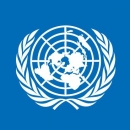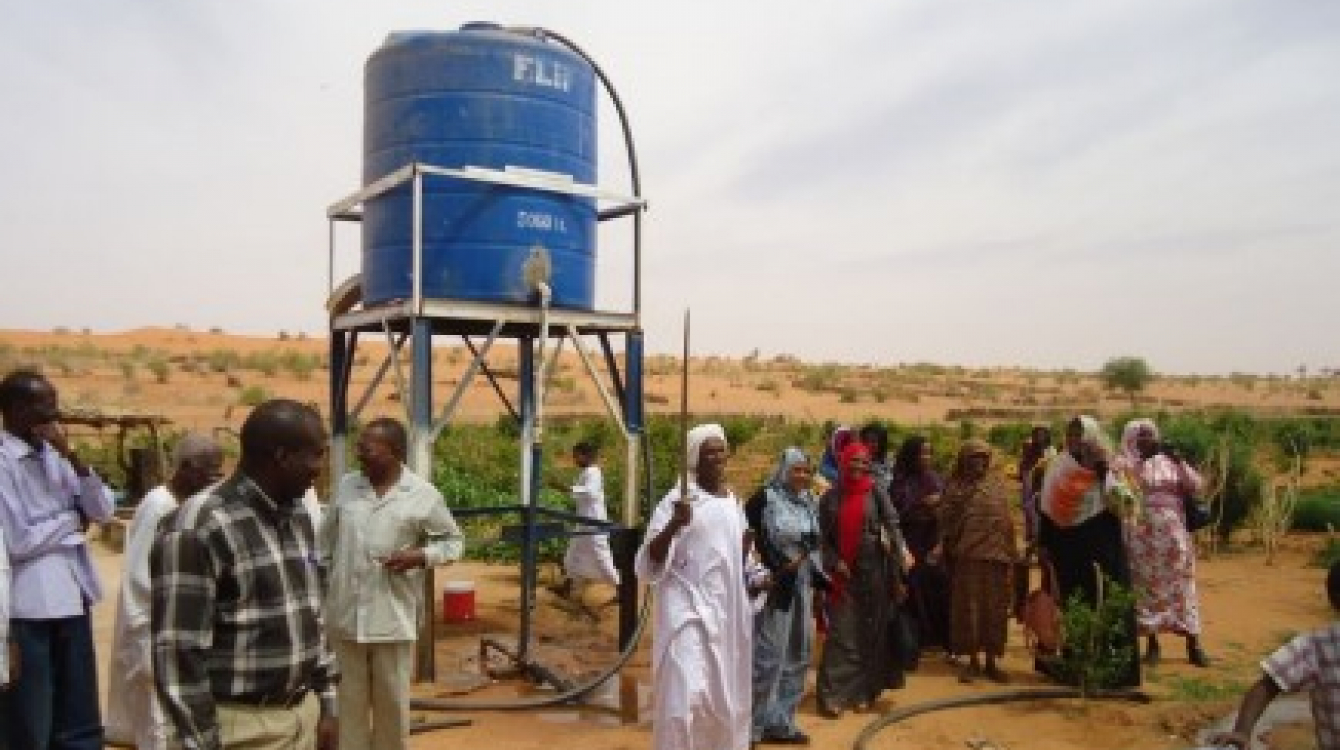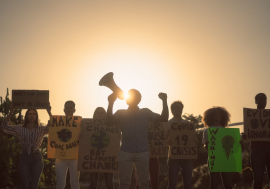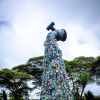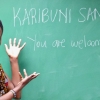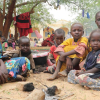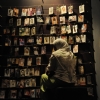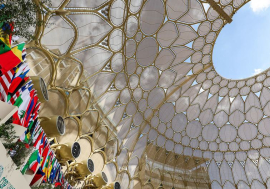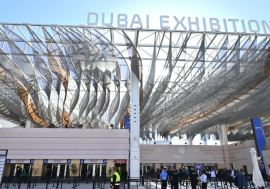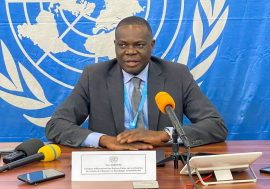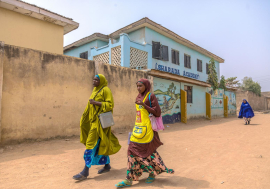A new window of hope in Sudan
A new window of hope in Sudan
“Without consistent, predictable rains, our crops die off or under-produce and it becomes very hard for me to get sufficient food for my children,” says Ismail Rabih, a farmer and resident of Elihaimrat, Sudan.
Elihaimrat sits in a semi-desert region that is highly vulnerable to the impacts of climate change. Located in a land depression surrounded by sand dunes, rainfall has become more and more erratic over the years. Droughts, which , which affect the sorghum and millet crops, are becoming more common and the dunes are encroaching on already-fragile farmland.
Elihaimrat’s women are particularly vulnerable—many of the men in Kordofan State have migrated to remote cities in search of work and can only sporadically remit money back to their families. This leaves women responsible for serving as both the primary breadwinners as well as managers of their homes, which is even more difficult when water isn’t easily accessible.
Highlights
- Supplementary feed for goats and sheep increased milk production from 0.3-0.4 liters to an average of 1.02 liters of milk per day.
- Drought-resistant seeds increased yield per acre by as much as 80 percent and farm revenues increased from US$100 per acre in 2010 to $667 in 2014.
- Women saw their savings rise from US$86 to over $1,293 per planting season.
- 22 houses were built from environmentally-friendly compacted soil bricks, and 45 butane gas units were also given to women-headed households.
Thanks to the support of a UNDP adaptation project, communities like Elihaimrat are working to make their livelihoods more sustainable, and empowering women to help their communities become less vulnerable to the impacts of climate change.
The project, aimed to build resilience in agricultural and water areas in the face of climate change, worked in seven villages in North Kordofan State. After an initial sensitization and awareness-raising campaign, Village Development Committees (VDCs) were created and tasked with carrying out adaptation interventions.
The villagers also established the Elihaimrat Women’s Group, a focus of the project. One of its objectives was to address the problem of low livestock productivity. After introducing supplementary feed for women’s goats and sheep, the women’s group saw a dramatic increase in productivity. Goats given the supplemental feed began producing an average of 1.02 liters of milk per day, as opposed to the 0.3-0.4 liters the previously produced.
“We are now milking the benefits, having more milk for our children and ourselves and selling the surplus in the market,” says Halima Khalil, farmer and head of the VDC.
The Women’s Group has 354 members who use part of these revenues to provide interest-free loans to the group members. These funds have been used to procure drought-tolerant seeds for crops such as potatoes, tomatoes, and okra. By using these seeds, group members increased yield per acre, sometimes by as much as 80 percent. They also received substantially higher revenues from their farms, from US$100 per acre in 2010 to $667 in 2014.
The group’s women, historically marginalized, saw an increase in empowerment over the five years of the project. Financial independence is on the rise, and women have become more vocal and active in the village’s development meetings and community events. Overall, the women participating in the project saw their savings rise from US$86 to over $1,293 per planting season.
To decrease the village’s dependence on rainfall for water, the project dug two wells and fitted them with solar pumps that boosted the amount of available water and also made a tree-planting campaign possible. Among their many benefits, trees help prevent the encroachment of sand dunes onto the village’s arable land.
Building materials in 22 houses were made from environmentally-friendly compacted soil bricks. 45 butane gas units were given to women-headed households, reducing health hazards associated with the use of biomass for domestic energy.
Hanan Mutwakil, a UNDP Programme Specialist says, “The women’s group members have improved their livelihoods significantly and enhanced their adaptive measures to deal with drought. The adaptation project has opened a new window of hope for them.”
The change in Elihaimrat is inspiring other communities in North Kordofan. After visiting the project’s site, members of the North Kordofan Legislative Council announced plans to replicate the project in 60 additional villages. UNDP and the Government of Canada have provided funds to continue the initiative, providing technical support to the original villages as well as selecting seven more villages to replicate the adaptation interventions.

